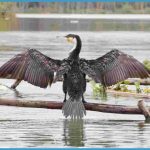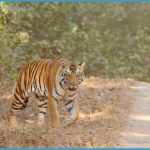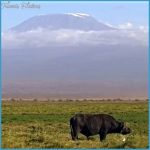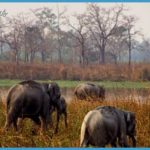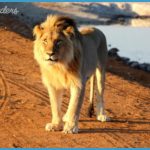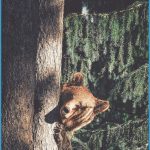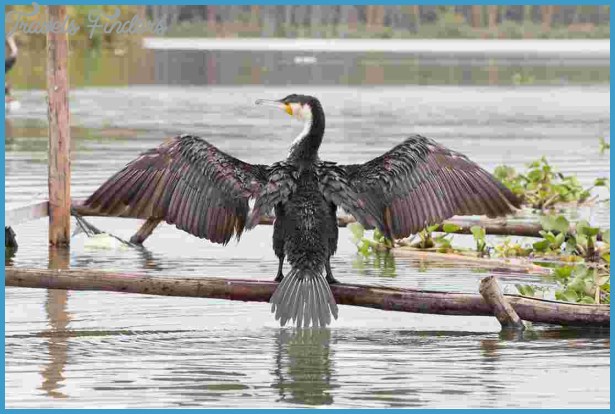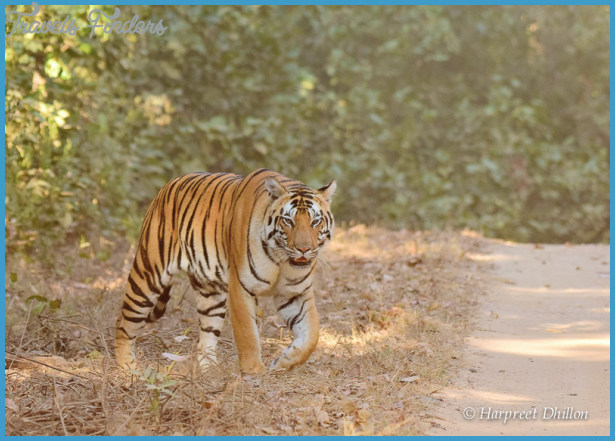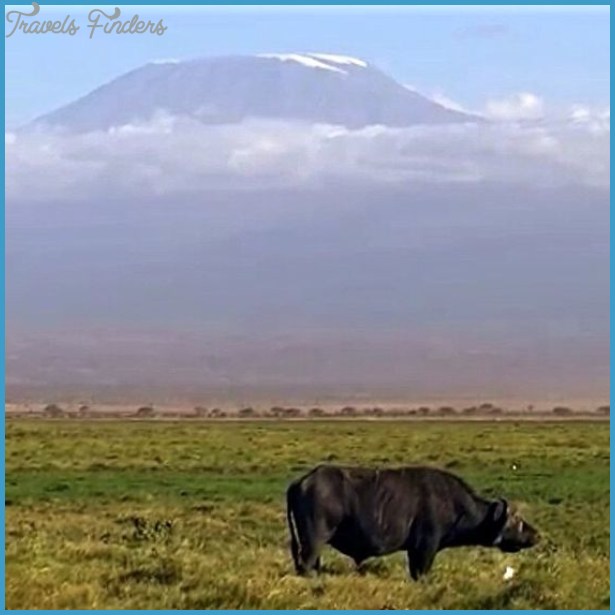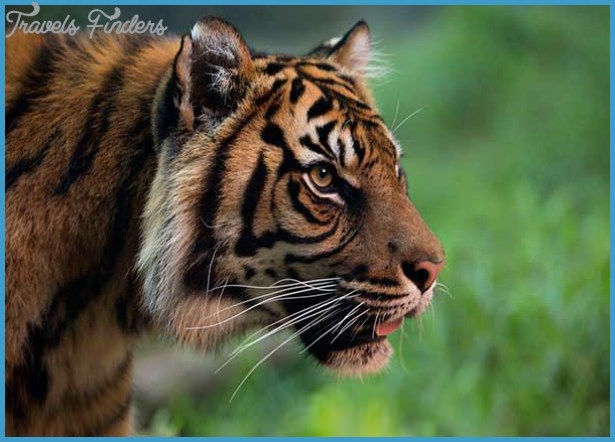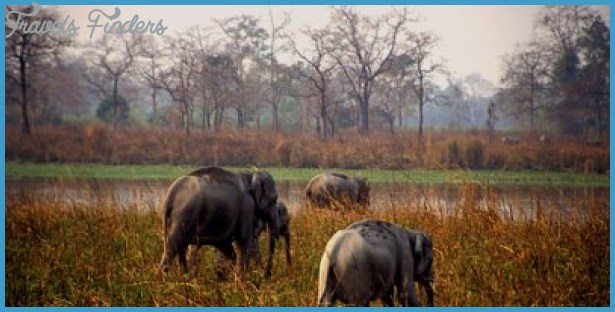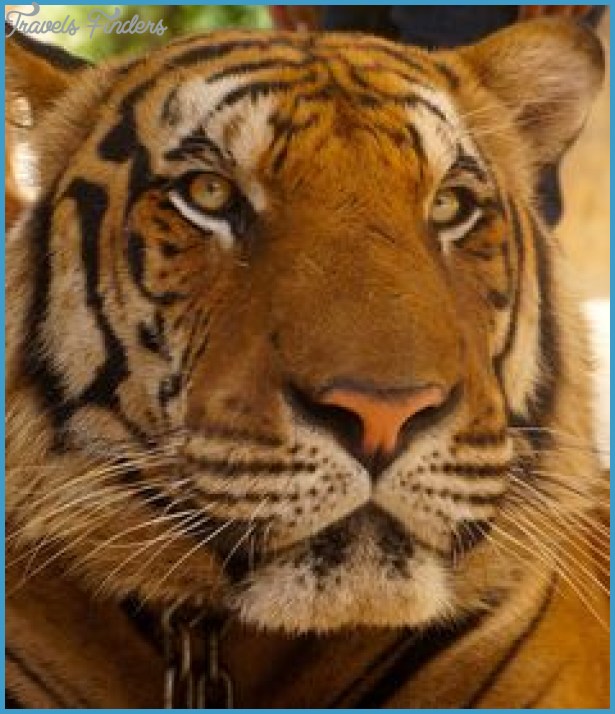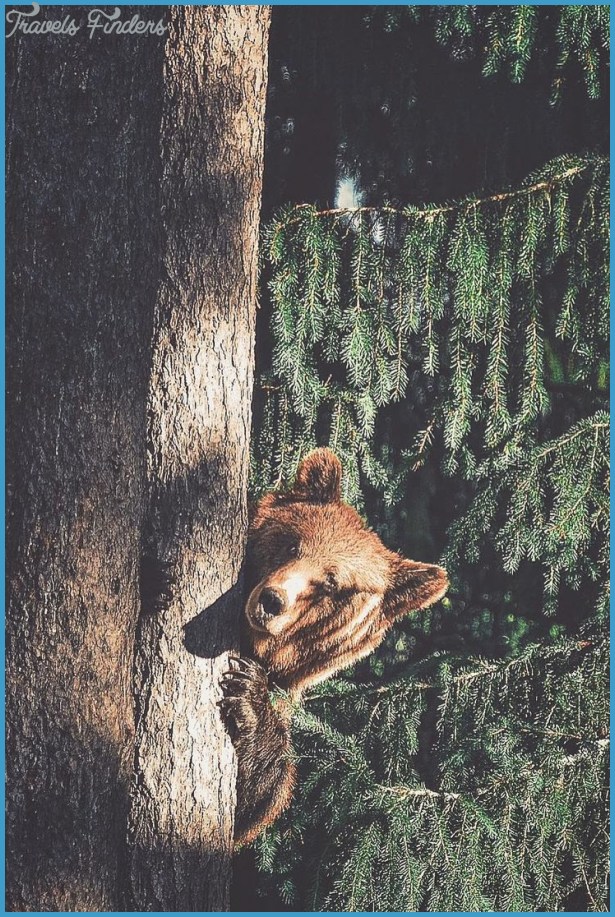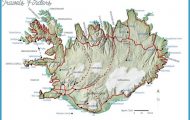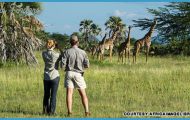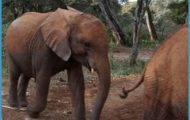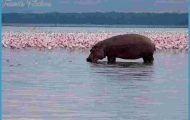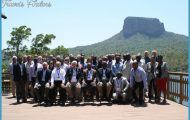We must have retraced our steps back down to the Lauterbrunnen later that day to meet up with our teachers. Whether we told them where we had been I have no idea. All I can say is that thank goodness they had given a few 15-year-old lads a free rein. Otherwise we would never have had such an experience. The repercussions if one of us had fallen at that elevation are best left unwritten.
Several times through the day on the Schynige Platte I couldn’t help contrasting its profusion of flowering plants with that of the mountains I know best, those in North Wales. It’s an unfair comparison in many ways. The underlying geology is different for a start. Most of the Welsh mountain rocks are acid, hence its soils; and acid soils support a far less rich flora than more alkaline soils such as those here (Schynige Platte is on limestone). Rainfall is very much higher in our Welsh mountains all year round, hence the development of waterlogged peaty soils, also poor in terms of plant variety. At least half of the precipitation in the Alps falls as snow and the ground never gets particularly waterlogged. And Britain, isolated from the European continent for much of its comparatively recent life, has a generally poorer flora because many continental plants never got across the sea after the last Ice Age and the severing of the land bridge joining Britain to the European continent.
My Wildlife Travel Story Photo Gallery
Then there’s the way the land has been managed; mis-managed in the hills and uplands of much of Britain. While dairy cattle and sometimes a few sheep grazing on alpine pastures are usually kept in low numbers, Britain’s mountains and moors have often been burned regularly by farmers and overgrazed with livestock. The result has been a loss of plant diversity and a damaged landscape. A former Professor of Forestry at Bangor University used to comment at the wonderful view of the Carneddau – the string of mountains north of Snowdon adored by many mountain walkers – from his office window, and tell anyone who would listen that it was the most degraded landscape in Europe. Most hill walkers would disagree but they maybe don’t realise how much more rewarding a hill walk could be if the footpaths meandered through some occasional scrub and woodland, especially on their lower slopes.
I walk on the Carneddau and some of the other Snowdonia mountains now and again but I sometimes wonder why I bother apart from the views! Most of the vegetation is monotonous; large areas are dominated by tough grasses, bits of heather and little else. There is precious little variety of birds; mostly Meadow Pipits with a scatter of Wheatears where the ground is more broken by boulders. And some crows. Maybe a raven or a Peregrine will show up on a good day.
Only where less acidic rocks outcrop – places like the famous corrie of Cwm Idwal and the huge wet cliffs of Ysgolion Duon, the Black Ladders – do alpines begin to burgeon, places that the plant-nibbling sheep can’t get access to. Then things improve dramatically. There are saxifrages, Mossy and Starry Saxifrage, both with their delicate white flowers, though the Starry’s petals are spotted. There are usually some cushions of earlier flowering Purple Saxifrage too, clinging to steep rock faces and covered with a striking shock of bright pink-purple flowers. In a few spots, usually crevices in cliffs, the tiny Snowdon Lily grows, its white flowers a contrast to its few thin, grass-like stems. Out of season it’s a plant that’s virtually impossible to find. There are sedums too, Roseroot in particular growing in great bunches of glaucous, fleshy leaves topped with a flurry of yellow flowers at its tip.
Exploring such spots takes me back to the Alps, if only briefly. The pity is that these riches are confined to comparatively small areas, gems of places among the expanse of Snowdonia. They don’t compare with the Schynige Plattes of this world but I admire their less blousy beauty all the same.
The phone message came through to me in Peterborough, that rather nondescript eastern England town where English Nature (now Natural England) then had its headquarters. The date: Friday 16 February 1996. The news: a supertanker had run aground on rocks just outside the entrance to Milford Haven near St Ann’s Head in Pembrokeshire at 8 p.m. the night before. The information hadn’t travelled very rapidly, seemingly due to over optimism on the part of some of the agencies involved in the emergency that the vessel might be re-floated very quickly. Sea Empress was carrying 130,000 tonnes of crude oil from the North Sea to the then Texaco oil refinery in the Haven, one of the busiest oil ports in Europe. Its spill of crude oil was to be one of the worst in British waters.
At that time I was the Countryside Council for Wales’ (today, Natural Resources Wales) Chief Scientist so the worrying news was sent to me as soon as my HQ was told about it. It was the news that I, and my organisation, had always dreaded and had hoped we would never receive. Pembrokeshire has some of the most impressive cliff coast in Britain and some of the finest – and cleanest – bathing beaches and coves too. Many of them are immensely popular with holidaymakers and this part of Wales depends on summer tourism to survive. Its importance for wildlife, both in its coastal waters and on its shores, was immeasurable.
Pembrokeshire’s offshore islands such as Skomer and Grassholm support internationally rated populations of seabirds. Skomer has around 150,000 breeding pairs of Manx Shearwaters and nearby Skokholm has 45,000 pairs; small black and white seabirds that breed in burrows in the ground, many of them vacated by rabbits. Skomer’s is the largest British colony and it represents well over a third of the world’s population of this enigmatic bird. Grassholm Island, further out to sea, holds about 35,000 pairs of breeding Gannets, much larger, mostly white seabirds that dive like arrows into the water to catch fish. It’s one of the largest breeding colonies in the world where the birds nest so hugger-mugger that, from a distance, the island seems as if it has been painted white.

